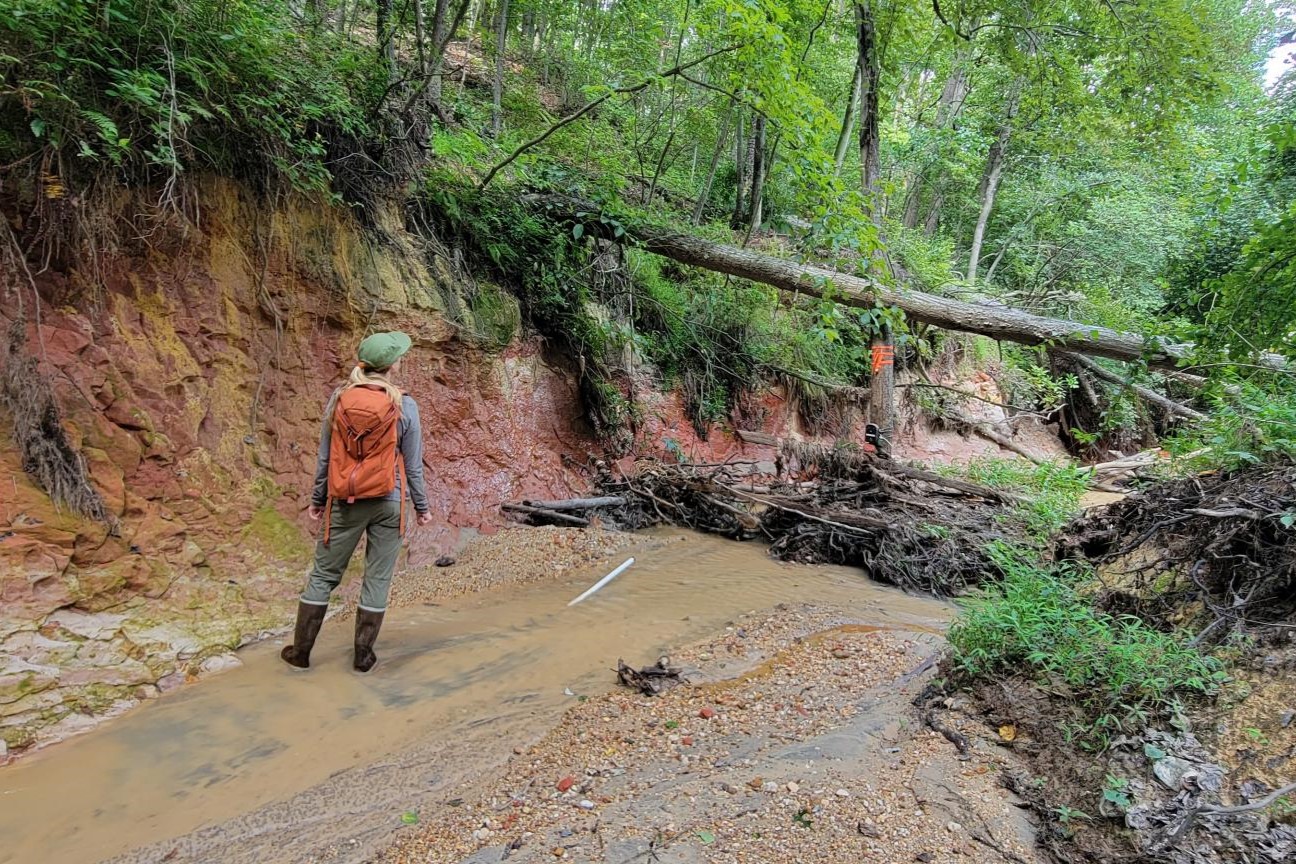Commentary: Combating climate change through investments in infrastructure

By Matthew Fleming
The writer is director of the Resilience Authority of Annapolis and Anne Arundel County.
I am writing this as Annapolis just experienced the worst tidal flooding it has seen since Hurricane Isabel in 2003. We are coming off a summer that will be remembered by smoke-filled skies, costly flooding in the Northeast and record heat. According to the National Oceanic and Atmospheric Administration, 2023 was the Northern Hemisphere’s hottest meteorological summer on record, at 2.59 degrees Fahrenheit above average. The spiraling costs of extreme weather in the United States are hitting hard, with five of the last six years exceeding $100 billion annually.
Combating climate change requires us to consider the systems that supply our housing, food, water, transportation and energy in a different way — reassessing how and where we make investments. It requires us to use the best available science, bring new voices into the conversation, and speed up the scale and pace of climate action.
It is for these reasons that Sen. Sarah Elfreth (D-Anne Arundel) and the Maryland General Assembly passed Senate Bill 457 in 2020, authorizing local governments to establish resilience authorities. These are the same reasons our local city and county elected officials created the Resilience Authority of Annapolis and Anne Arundel County, the first multi-jurisdictional resilience authority in the nation.
The Authority is governed by a diverse board of directors who bring together expertise in finance, infrastructure, and climate adaptation, looking beyond municipal boundaries to design, fund, and efficiently deliver crucial projects for vulnerable communities. As an independent body, the Authority is able to draw on a range of funding options, leverage public and private investment, and stimulate demand for resilience infrastructure projects. This makes us uniquely suited to tackle expensive, long-term infrastructure projects while taking some of the financial burden off of our local taxpayers.
So what is resilience? It is more than just withstanding stresses or an impending threat — it also includes the capacity of a community to thrive under a wide range of circumstances. It presents an opportunity to shape thinking and practice. Resilience can offer a positive, engaging vision of the future. As we have seen in the reimagining of Annapolis City Dock, resilience challenges us to consider a community’s assets — physical, environmental, and social and to build on those existing strengths.
With the expertise that exists within the city and the county and on the board of directors and the leadership across Maryland’s state agencies, it is no surprise that we have had some early success. Over the past six months we have secured nearly $20 million in federal, state, and local funding and are actively pursuing an additional $45 million to protect city and county shorelines, communities, and residents from climate threats. Our projects are aimed at addressing the effects of climate change, including sea-level rise, flooding, increased precipitation, erosion, and heatwaves. This includes flood barriers, shoreline restoration, stormwater infrastructure, elevating buildings, and investing in renewable energy projects.
To be clear, the challenges facing the City of Annapolis and Anne Arundel County are significant and imminent. However, when asked if I am pessimistic or optimistic about the future, my answer is always the same: when I look at the science and data on climate change, I can’t help but feel pessimism. But when I meet and work with people across the city, county, and state who are working to protect and restore the environment and combat climate change, I have nothing but optimism. The residents of Annapolis and Anne Arundel County are fortunate to live in an area where their state, county, and city elected officials are leading the way nationwide in making responding to climate change a top priority.




 Creative Commons Attribution
Creative Commons Attribution